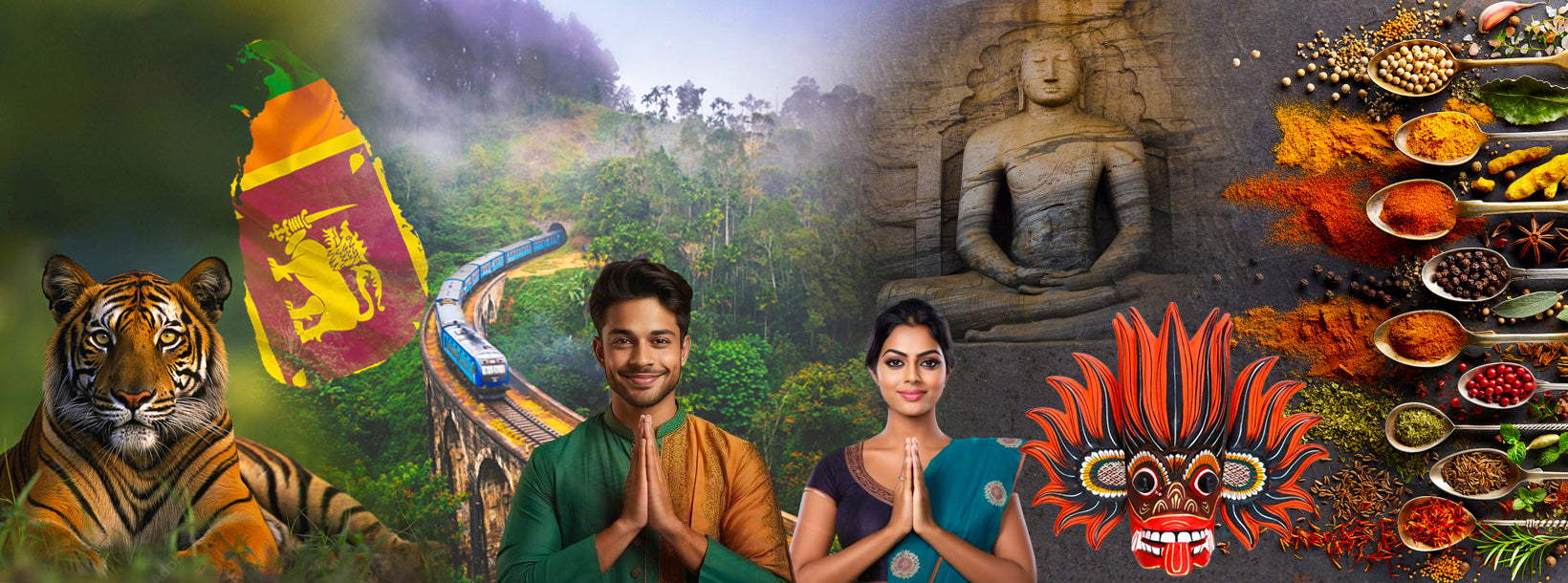
스리랑카
남아시아의 섬나라 스리랑카는 풍부한 문화 유산, 다채로운 자연 경관, 그리고 야생 동물로 유명합니다. 유서 깊은 사원, 깨끗한 해변, 울창한 차 농장, 그리고 활기 넘치는 축제 등 다채로운 매력을 자랑합니다. 스리랑카만의 독특한 문화, 따뜻한 환대, 그리고 맛있는 요리는 여행객들에게 매력적인 여행지로 자리매김합니다.
Sri Lanka Tourism Development Authority (SLTDA)
SLTDA is the official government institution tasked with regularising the tourism industry in the country, while establishing, positioning, and developing Sri Lanka as a leading destination for international visitors. SLTDA is responsible for tapping into Sri Lanka's natural potential to expand and enhance its tourism offering while benefiting investors and supporting communities, in a sustainable manner.
HISTORYIn 1966, the Government of Sri Lanka decided to develop tourism in a planned and systematic manner, after identifying the need to set up an institutional framework. The Ceylon Tourist Board, (created by the Ceylon Tourist Board Act No. 10 of 1966.) and the Ceylon Hotels Corporation, (created by Ceylon Hotels Corporation Act of 1966.) were set up to enable this.
TOURISM ACTThe Tourism Act No 38 of 2005 came into effect in October 2007, replacing the Sri Lanka Tourist Board Act No 10 of 1966, which was in effect for the past 41 years. In terms of the provisions contained in the new act, the Tourism Development Fund was legally constituted, with 2 main sources, (1/3rd of the Airport Tax collections and 1% of the Turnover of all Sri Lanka Tourist Board registered establishments.) contributing finances to the fund.
The Act provided for the setting up of the Sri Lanka Tourism development Authority, thereby replacing the Sri Lanka Tourist Board. The Tourism Promotion Bureau was set up to manage Marketing and Promotion.
Tourism HRD functions and the Hotels School operations are currently undertaken by the Sri Lanka Institute of Tourism & Hotel Management. The Sri Lanka Convention Bureau was also restructured as a statutory body like other Institutions to be managed by an independent Board of Management.




